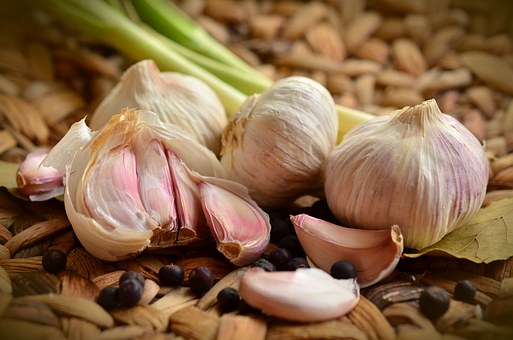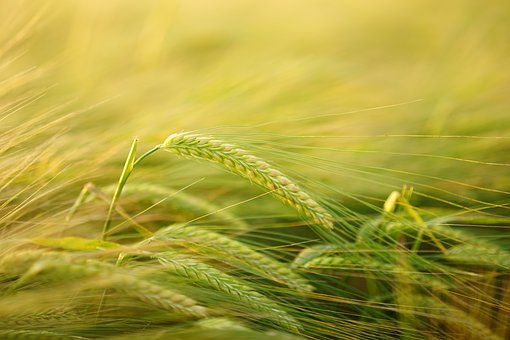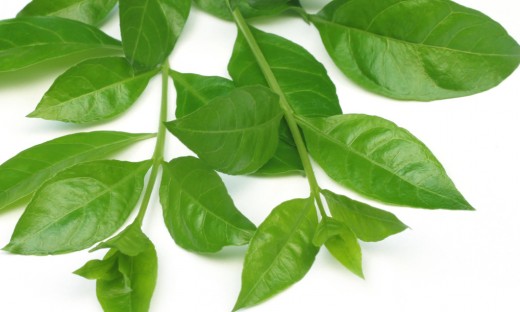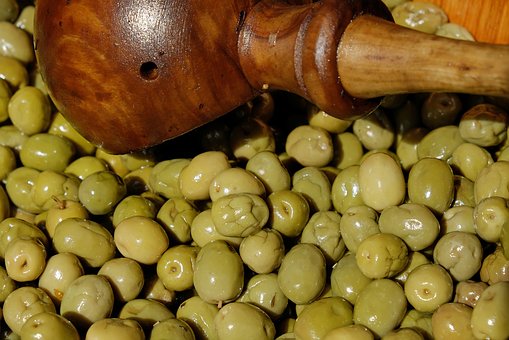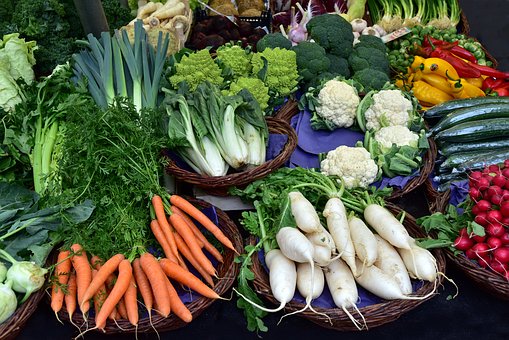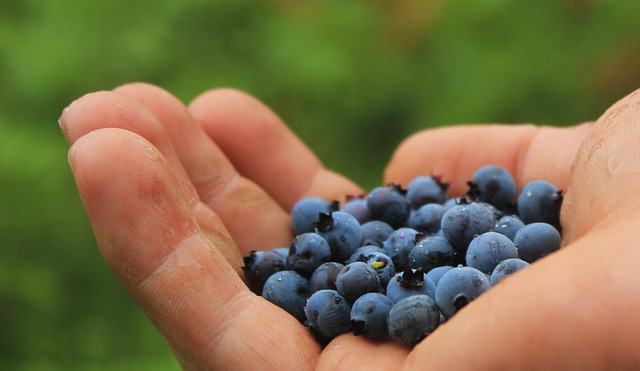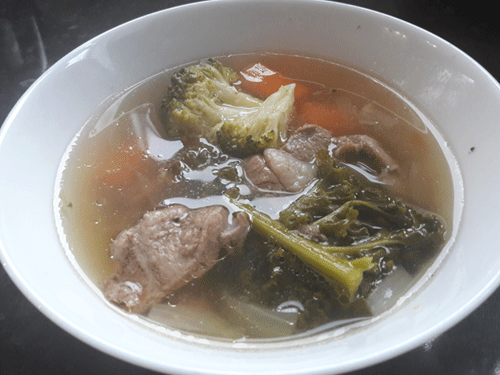Analysis of Flavonoids From Leaves of Cultivated Lycium Barbarum L
© Authored by PubMed
© HealthyMuslim. See Terms and Conditions
Copy Link
Email
Print

Goji berries (Lycium barbarum, wolfberry) grow on an evergreen shrub found in temperate and subtropical regions in China, Mongolia and in the Himalayas in Tibet. They are in the nightshade (Solonaceae) family. Goji berries are usually found dried. They are shriveled red berries that look like red raisins. Goji berries are rich in antioxidants, particularly carotenoids such as Beta-carotene and zeaxanthin. One of zeaxanthin's key roles is to protect the retina of the eye by absorbing blue light and acting as an antioxidant. Goji berries have been used for 6,000 years by herbalists in China, Tibet and India to: protect the liver, help eyesight, improve sexual function and fertility, strengthen the legs, boost immune function, improve circulation, and to promote longevity.
Dong JZ, Lu da Y, Wang Y. Analysis of flavonoids from leaves of cultivated Lycium barbarum L. 1. Plant Foods Hum Nutr. 2009 Sep;64(3):199-204.
Dong JZ, Lu da Y, Wang Y. Analysis of flavonoids from leaves of cultivated Lycium barbarum L. 1. Plant Foods Hum Nutr. 2009 Sep;64(3):199-204.
Leaves of Lycium barbarum are widely used as medicine vegetables and functional tea in China. The main flavonoids present in the leaves were separated and identified by high performance liquid chromatography (HPLC), liquid chromatography-atmospheric pressure chemical ionization mass spectrometry (LC-(APCI) MS) and ultraviolet-visible spectra with shift additives. The predominant flavonoid was identified as rutin. Leaves are the rutin-rich parts (16.03-16.33 mg/g). In the wild and cultivated L. barbarum fruits, contents of rutin were determined very low (0.09-1.38 mg/g). The contents of total flavonoids (21.25 mg/g) of cultivated L. barbarum leaves were much higher than those in the wild L. barbarum leaves (17.86 mg/g), so cultivated barbarum leaves are a suitable source for medicine vegetables and functional tea.
Link to this article: Show: HTML Link • Full Link • Short Link
Share or Bookmark this page: You will need to have an account with the selected service in order to post links or bookmark this page.





|
Related Articles:
- Polysaccharides From Wolfberry Prevents Corticosterone-Induced Inhibition of Sexual Behavior and Increases Neurogenesis
- Polysaccharides From Lycium Barbarum Leaves: Isolation, Characterization and Splenocyte Proliferation Activity
- Lycium Barbarum Polysaccharide Inhibits the Proliferation of HeLa Cells by Inducing Apoptosis
- Anti-Inflammatory and Anti-Angiogenic Effects of Flavonoids Isolated From Lycium Barbarum Linnaeus on Human Umbilical Vein Endothelial Cells
You must be registered and logged in to comment.
Most Popular
Latest Articles
Popular Subjects
Health, fitness and longevity
Based upon the principles of health
in the Qur'an and Prophetic Traditions.
HealthyMuslim.Com
There are two bounties in which
most people lose out: good health
and free time. Al-Bukhari.
The information on this site is provided for educational purposes only. It is not intended as a substitute for professional advice of any kind.




